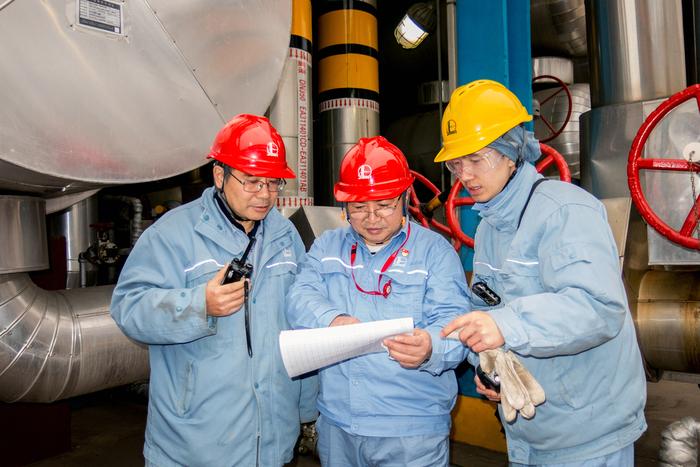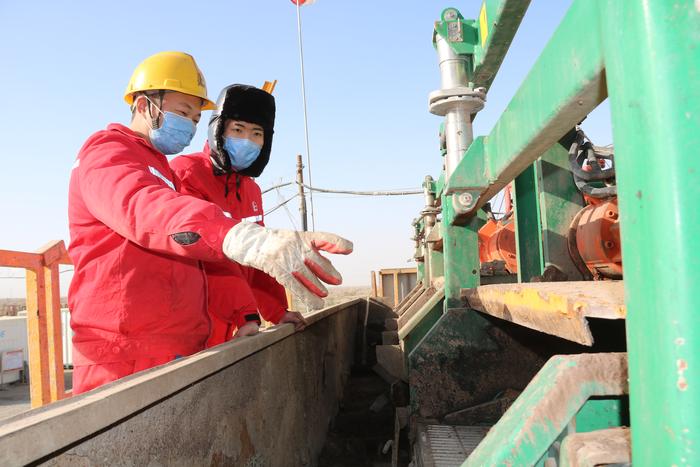|
| 2021-01-19 来源: 中国石化新闻网 |
| 石化新闻 |
|
中国石化新闻网讯 据今日油价网站1月13日消息 国际能源机构(IEA)负责人法蒂赫·比罗尔在接受彭博社采访时表示,预算大部分依赖石油收入的国家,将越来越容易受到全球能源转型带来的问题的影响。 比罗尔表示,今明两年乃至未来几年,全球仍将需要石油,但石油需求将越来越少。他指出,政府监管有助于巩固全球走向更可再生能源未来的道路。 比罗尔发表上述评论之前,IEA曾报告称,其将在今年晚些时候发布首个到2050年实现净零排放的全面路线图。报告称,这一路线图将从政府、企业、投资者和公民身上详细阐述需要什么来实现能源行业的全面脱碳,并使排放量走上与1.5摄氏度温升一致的道路。 比罗尔在发布会上表示:“为我们的日常生活和经济提供动力的能源也产生了全球四分之三的排放量,这意味着我们的气候挑战本质上是一个能源挑战。IEA决心应对这一挑战,引领全球清洁能源转型。” 在彭博社的采访中,该机构负责人指出,如果没有足够的政府承诺,石油需求将继续上升,就像疫情前一样。” 不过,比罗尔还表示,从短期来看,全球可能需要比目前产量更多的石油,他指出,美国页岩是填补其他产油国留下的缺口的一个可能的石油来源。以目前的WTI价格计算,美国页岩油的大部分是有利可图的。 王磊 摘译自 今日油价 原文如下: Energy Transition Threatens Oil Producers: IEA Countries dependent on oil revenues for much of their budgets will become increasingly vulnerable to problems caused by the global energy transition, the head of the International Energy Agency, Fatih Birol, told Bloomberg in an interview. The world will still need oil this year and next, and for years to come, but it will need less and less of it, Birol said, noting that government regulation was instrumental in cementing the global course to a more renewable energy future. Birol’s comments came after the IEA reported it will later this year release the first comprehensive roadmap to net zero emissions by 2050. The roadmap, according to the report, “will set out in detail what is needed from governments, companies, investors and citizens to fully decarbonise the energy sector and put emissions on a path in line with a temperature rise of 1.5 degrees Celsius.” “The energy that powers our daily lives and our economies also produces three-quarters of global emissions. This means our climate challenge is essentially an energy challenge. The IEA is determined to tackle that challenge and lead global clean energy transitions,” Birol said in the release. In Bloomberg’s interview, the head of the agency noted that without sufficient government commitment, however, oil demand will continue rising as it did before the pandemic. Over the short term, however, the world may need more oil than it is currently producing, the official also said, noting that U.S. shale as one possible source of oil to fill the gap left by other producers. He added that “a big chunk” of U.S. shale oil is profitable at current WTI prices. |








